The French Open, held annually at Roland Garros, is renowned for its grueling matches played on clay. These matches often test the physical and mental fortitude of the players, sometimes resulting in epic, drawn-out battles. This article will delve into the longest French Open men’s singles finals in the Open Era, showcasing the remarkable endurance and skill displayed by the champions.
Defining the Open Era
The Open Era in tennis began in 1968 when Grand Slam tournaments allowed both amateur and professional players to compete together. This marked a significant shift in the sport, leading to increased competition and higher stakes. The French Open was the first Grand Slam tournament to enter the Open Era, making its history even more remarkable.
Factors Contributing to Match Length
Several factors can contribute to the length of a tennis match:
- Surface: Clay courts, like those at Roland Garros, generally lead to longer rallies due to the slower ball speed and higher bounce.
- Player Styles: Players with strong defensive skills and endurance can extend matches significantly.
- Number of Sets: Grand Slam men’s singles matches are best-of-five sets, meaning a player must win three sets to win the match. This format inherently allows for longer matches compared to best-of-three set matches.
- Tiebreaks: The introduction of tiebreaks in the 1970s has also influenced match length, potentially shortening some matches while adding dramatic tension.
- Weather Conditions: Weather can impact a match. High heat and humidity can lead to physical exhaustion.
Longest French Open Men’s Singles Finals in the Open Era
While exact match times can be challenging to source comprehensively, particularly for older matches, we can identify some of the longest and most memorable finals based on available records and anecdotal evidence.
1. 2012: Novak Djokovic vs. Rafael Nadal
- Winner: Rafael Nadal
- Score: 6-4, 6-3, 2-6, 7-5
- While official time records are inconsistent, this match is celebrated for its intensity and the rain delays that stretched it over two days. The high quality of play and the significance of the match (Djokovic was aiming for a Career Grand Slam) made it a memorable contest.
2. 1981: Bjorn Borg vs. Ivan Lendl
- Winner: Bjorn Borg
- Score: 6-1, 4-6, 6-2, 3-6, 6-1
- This final saw Borg secure his sixth French Open title. The match lasted over four hours and showcased a compelling contrast in styles and a real test of endurance for both competitors.
3. 1982: Mats Wilander vs. Guillermo Vilas
- Winner: Mats Wilander
- Score: 1-6, 7-6(6), 6-0, 6-4
- At four hours and 42 minutes, this is considered one of the longest French Open finals. The match was a grueling affair, with Vilas initially dominating before Wilander mounted a remarkable comeback.
4. 1988: Mats Wilander vs. Henri Leconte
- Winner: Mats Wilander
- Score: 7-5, 6-2, 6-1
- While this match didn’t go to five sets, the slow clay and Leconte’s aggressive style ensured long rallies and a physically taxing match for Wilander.
5. 1999: Andre Agassi vs. Andrei Medvedev
- Winner: Andre Agassi
- Score: 1-6, 2-6, 6-4, 6-3, 6-4
- Agassi’s remarkable comeback from two sets down to win his only French Open title makes this final unforgettable. The shifts in momentum and Agassi’s sheer determination contributed to its lengthy duration.
Notable Mentions
- 2001: Gustavo Kuerten vs. Alex Corretja: A four-set match, this final was filled with long, tactical rallies, typical of clay-court tennis, making it a physically demanding contest.
- 2004: Gaston Gaudio vs. Guillermo Coria: While not exceptionally long in terms of time, this five-set thriller was packed with drama and momentum shifts, contributing to its place in French Open history.
The Champions and Their Legacy
Each of these matches not only stands out for its duration but also for the players involved and the legacies they cemented.
- Rafael Nadal: Known as the “King of Clay,” Nadal’s dominance at the French Open is unparalleled. His ability to grind down opponents with relentless topspin and unwavering focus makes him a formidable force on the court.
- Bjorn Borg: A legend of the game, Borg’s composure and athleticism helped him secure six French Open titles. His rivalry with players like John McEnroe defined an era.
- Mats Wilander: With seven Grand Slam titles, including three at the French Open, Wilander’s tactical acumen and endurance made him a tough competitor on any surface.
- Andre Agassi: Agassi’s victory in the 1999 French Open completed his Career Grand Slam, solidifying his status as one of the sport’s greats. His charismatic personality and aggressive style made him a fan favorite.
How Match Length Impacts Players
Participating in these extended matches takes a significant toll on players:
- Physical Exhaustion: Long rallies, high temperatures, and the demands of clay-court tennis can lead to fatigue, muscle cramps, and dehydration.
- Mental Fatigue: Maintaining focus and composure over several hours requires immense mental strength.
- Increased Injury Risk: The longer a player is on the court, the higher the risk of injury.
- Recovery Time: Extended matches require longer recovery periods, potentially affecting performance in subsequent rounds or tournaments.
Evolution of the Game and its Impact on Match Length
Over the years, changes in equipment, training methods, and playing styles have influenced the length and intensity of tennis matches:
- Equipment: Advances in racquet technology have led to increased power and spin, potentially shortening rallies in some cases but also enabling players to hit more shots from defensive positions, extending matches.
- Training: Modern training techniques focus on improving endurance, agility, and injury prevention, allowing players to withstand the physical demands of longer matches.
- Playing Styles: The rise of aggressive baseliners and all-court players has led to more dynamic and physically demanding matches.
The Future of Long Matches
While it’s impossible to predict the future, several factors suggest that long, grueling matches will continue to be a part of the French Open:
- Clay Court Characteristics: The unique properties of clay courts will always favor players with exceptional endurance and tactical skills.
- Player Development: As training methods continue to evolve, players will become even more physically and mentally prepared for the challenges of Grand Slam tennis.
- The Human Element: Ultimately, the drama and unpredictability of tennis come down to the players’ ability to perform under pressure, and this will continue to produce unforgettable matches.
Conclusion
The longest French Open men’s singles finals in the Open Era are a testament to the physical and mental resilience of the athletes who compete on the red clay of Roland Garros. These matches showcase not only the players’ skill but also their unwavering determination to succeed. As tennis continues to evolve, these epic encounters will remain etched in the sport’s history, inspiring future generations of players and captivating fans around the world.


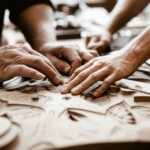
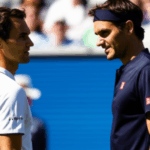
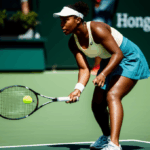
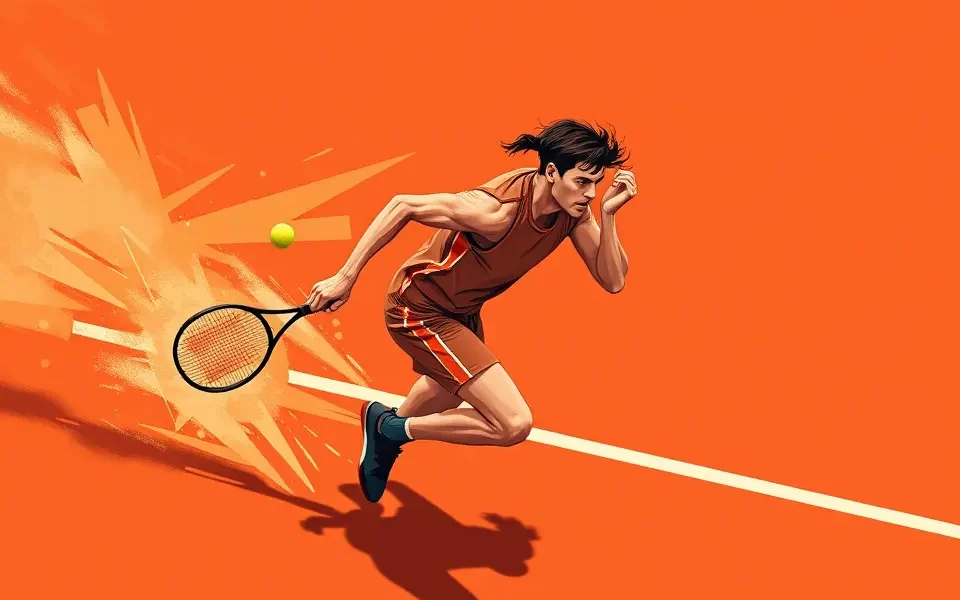
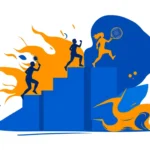

No Comment! Be the first one.